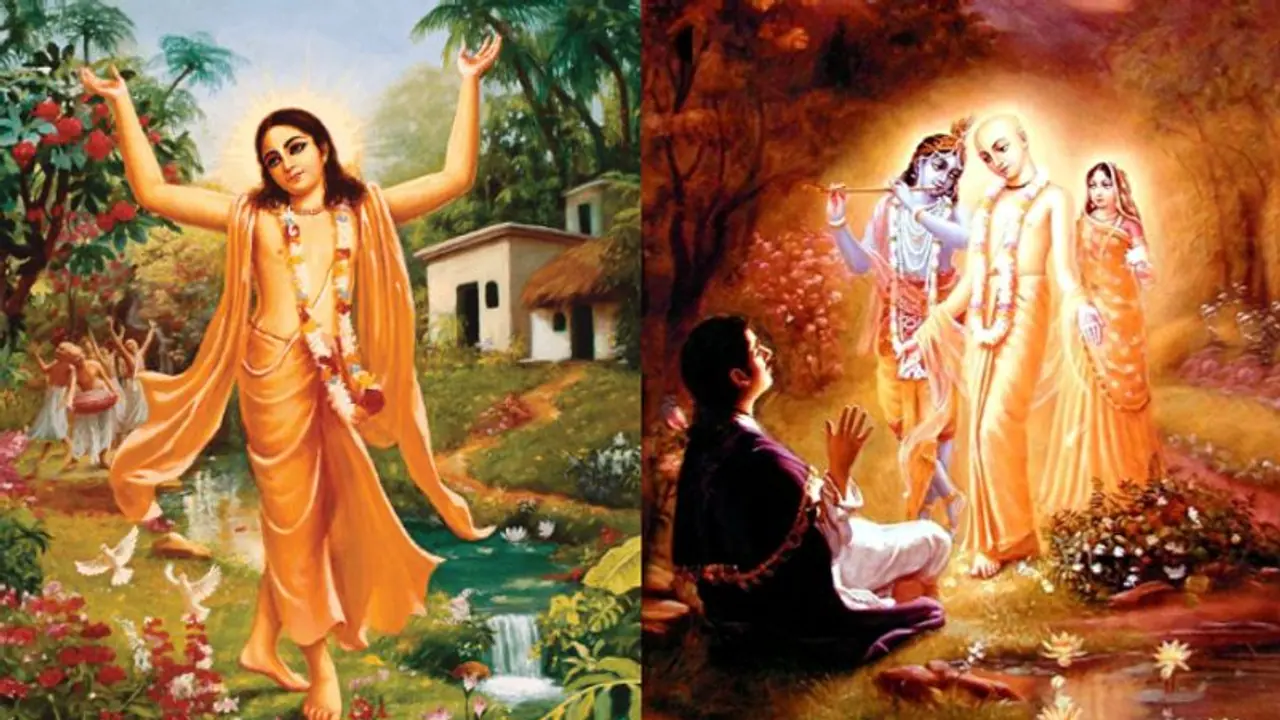Gaura Purnima, also known as Sri Gaura Purnima or Gauranga Purnima, is a Hindu festival celebrated primarily by followers of Gaudiya Vaishnavism, a tradition within Hinduism dedicated to the worship of Lord Krishna and his avatar, Lord Chaitanya Mahaprabhu.
Gaura Purnima, also known as Sri Gaura Purnima or Gauranga Purnima, is celebrated primarily by followers of Gaudiya Vaishnavism. It commemorates the appearance day of Sri Chaitanya Mahaprabhu, who his followers consider to be the combined incarnation of Radha and Krishna.

Gaura Purnima falls on the full moon day (Purnima) in the month of Phalguna in the Hindu lunar calendar, which usually corresponds to February or March in the Gregorian calendar. It is a significant event for devotees of Chaitanya Mahaprabhu, marked by fasting, singing devotional songs (kirtans), reading scriptures, and engaging in other devotional activities. This year Gaura Purnima is being celebrated on March 24.
The festival is a time for devotees to reflect on the teachings and life of Chaitanya Mahaprabhu, who emphasized the importance of chanting the Hare Krishna mantra and spreading the message of love and devotion to God.
History:
Sri Chaitanya Mahaprabhu considered the incarnation of Lord Sri Krishna, manifested on the auspicious day of Phalguni Purnima, the full moon in the month of Phalguna (typically falling in February-March), in the year 1486 AD. His divine appearance occurred in Sridham Mayapur, (present-day West Bengal) as the beloved son of Sri Jagannath Mishra and Srimati Sachidevi. Affectionately known as Nimai due to His birth beneath a Nimba (neem) tree in His paternal home, He radiated a golden complexion, earning Him the endearing name 'Gauranga'.
Chaitanya Mahaprabhu's mission was to propagate the Yuga Dharma of Sankirtana, the congregational chanting of the Holy Names, as the supreme method for attaining spiritual enlightenment in the age of Kali. Throughout His life, He tirelessly promoted the chanting of Krishna's holy name and the teachings of the Srimad Bhagavat Purana, aiming to bestow Krishna prema, or divine love, upon all conditioned souls.
Rituals:
During Gaura Purnima, devotees observe a fast until moonrise, abstaining from grains. They conclude their fast by partaking in anukalpa feast, comprising non-grain preparations. The following day, they honor a special feast known as the Jagannath Mishra Feast, named after Sri Chaitanya Mahaprabhu's father. This feast commemorates the joyous occasion of Chaitanya Mahaprabhu's birth, with devotees coming together to offer elaborate offerings to the Lord in celebration of His divine appearance.
Significance:
The sacred scriptures prophesied the advent of Lord Krishna in His Golden Avatara as Sri Chaitanya Mahaprabhu. His divine purpose was to promote and proliferate the congregational chanting of the Lord's Holy Name as the paramount means to attain spiritual perfection and counteract the prevailing turmoil and hypocrisy of the Kali Yuga.
Vedic texts extol Lord Chaitanya Mahaprabhu as the most compassionate incarnation. He generously imparted the method to liberate the fallen souls from the clutches of Maya, the illusory energy, without any constraints or distinctions. His boundless mercy embraced all, offering a pathway to transcendental bliss and liberation from the material entanglements of the world.
Chaitanya Mahaprabhu introduced the joyful chanting of the Hare Krishna Mahamantra:
Hare Krishna Hare Krishna Krishna Krishna Hare Hare
Hare Rama Hare Rama Rama Rama Hare Hare
